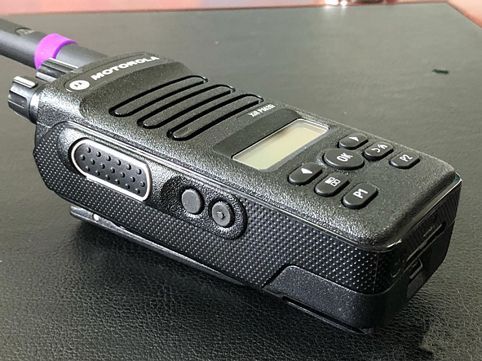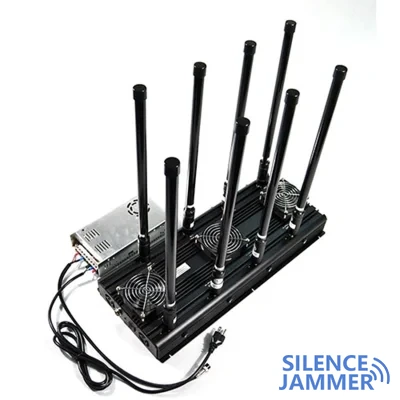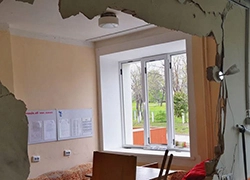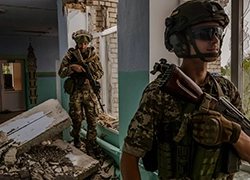As a two-way communication tool that does not rely on base stations, walkie-talkies play an important role in outdoor activities, emergency rescue and other scenarios. However, the requirements for information confidentiality and interference protection in certain specific occasions also prompted the use of walkie-talkie jammers. When receiving a walkie-talkie signal jammer, the first thing to do is to test the performance.
Test equipment layout and preparation

To ensure the accuracy of the test, all equipment - including the frequency jammer and the two walkie-talkies - should be placed in the same straight line, and there should be no obstacles in the middle to block the signal transmission. The experiment is divided into a calling walkie-talkie and a called walkie-talkie, and the distance is set to 200 meters between the two, and the called walkie-talkie is 40 meters away from the frequency jammer device. This setting can simulate the real scene of the walkie-talkie signal being interfered with.
Requirements for placement of walkie-talkies: During the test, all walkie-talkies must be pointed vertically upward (antennas facing the sky) and placed on a table 1 meter above the ground. Ensure that in the experimental environment, the tester will not block the signal transmission path between the signal jammer and the walkie-talkie when holding the walkie-talkie, and the way of holding the hand must be consistent each time to eliminate the influence of human factors on signal interference.
Experimental steps
Before the experiment begins, the intelligent jammer must be connected to the mains power and confirm that the power output of all modules is normal. After the walkie-talkie jammer is started, a group of communication frequencies of walkie-talkies are randomly set. For analog walkie-talkies, the communication working frequency is set; for digital walkie-talkies, the communication channel is set. The frequency jammer will start to emit electromagnetic interference signals to these frequencies at this time.
The tester uses the calling walkie-talkie to make continuous calls to the called walkie-talkie, each call lasts for 3 seconds, and a total of 5 calls within 30 seconds. When the called walkie-talkie cannot connect any call during this period of time, the interference is determined to be effective.
Adjustment and Repeat Test
Once the interference is confirmed to be effective, that is, the intercom signal is successfully shielded, the test will continue, but the distance between the devices needs to be readjusted. The specific method is to increase the distance between the frequency jammer device and the called intercom by 5 meters, and then repeat the previous test steps. This process will be repeated until the intercom is no longer affected by the frequency jammer and can communicate normally.
At the end of each experiment, the specific distance between the frequency signal jammer, the calling intercom, and the called intercom must be recorded so that the working range of the jammer device can be analyzed in detail.
Result Analysis
Based on the above tests, the performance of the intercom signal jammer can be effectively evaluated. The following points are key experimental analysis results:
- Interference range: By adjusting the device spacing multiple times, the shielding range of the jammer is finally obtained. This data can provide a basis for setting a suitable safety protection distance in practical applications.
- Interference intensity and frequency band matching: By testing intercoms in different frequency bands, the shielding effect of the jammer on different frequency bands can be determined. For example, the intercom signal in the low frequency band has strong penetration, and a higher power interference signal may be required to effectively shield it.
- Impact of environmental factors on the experiment: Conducting experiments in an open environment can accurately reflect the propagation of electromagnetic waves. However, when testing in complex environments such as urban buildings or mountainous areas, the experimental results may vary, and the equipment needs to be adjusted in combination with the actual environment.
Significance in practical applications
Through this standardized test process, we can fully understand the performance of the walkie-talkie signal jammer in different application scenarios. It can not only effectively block walkie-talkie communications and prevent information leakage in security protection, military operations and other occasions, but can also be widely used in various sensitive places where communications need to be shielded.












